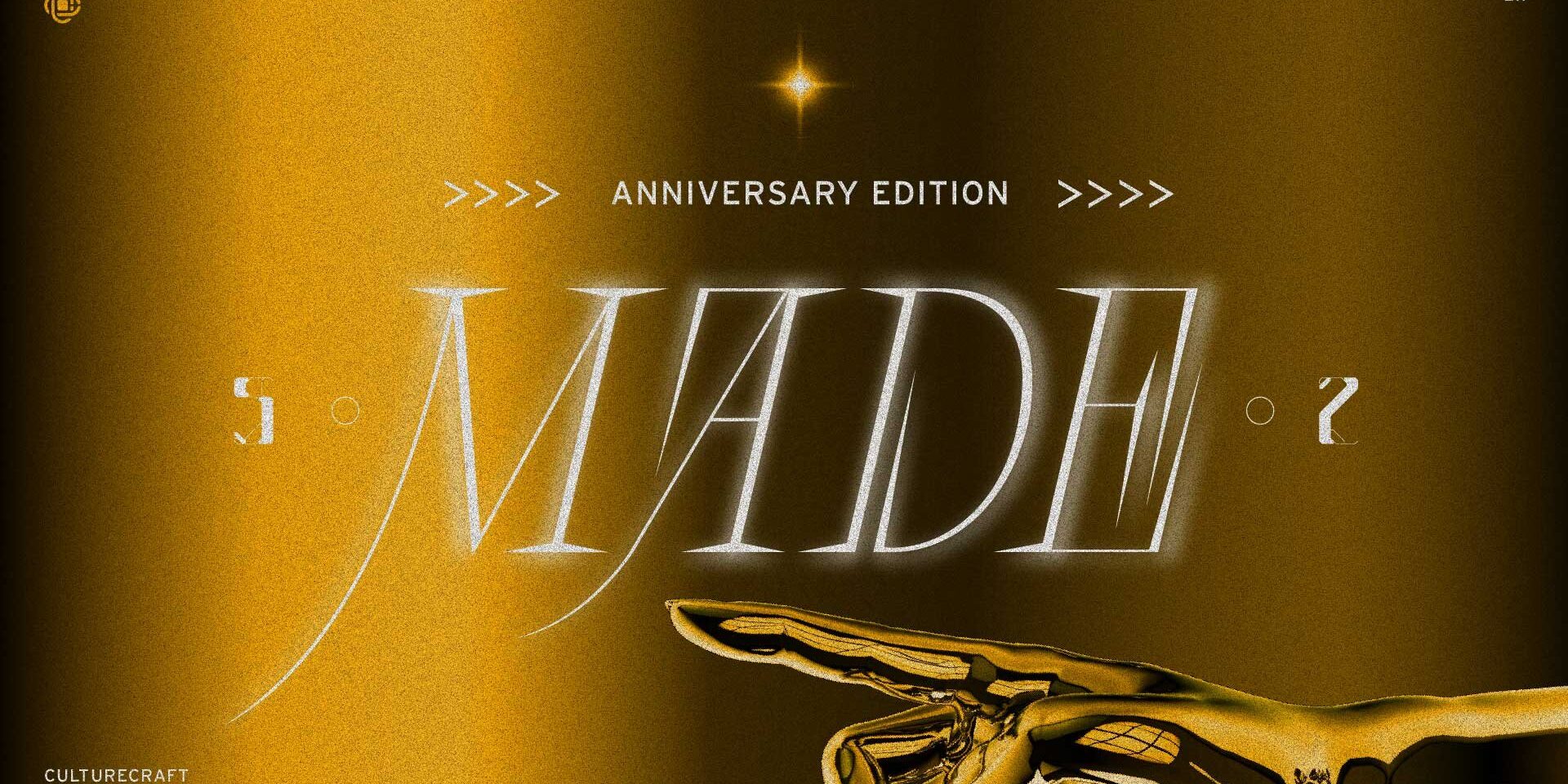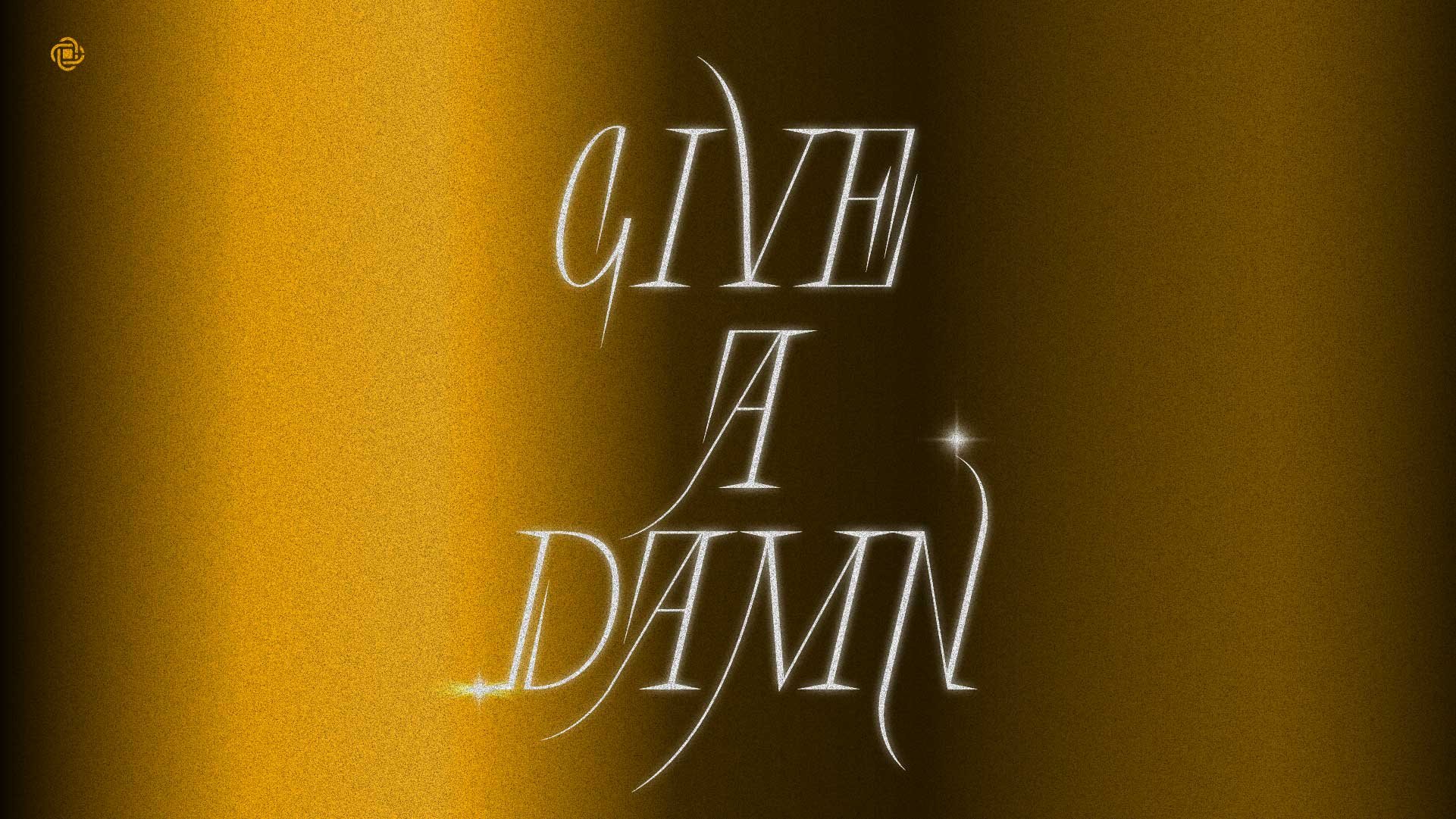anniversary edition
The hardest thing to do is make obvious things work. Particularly when creating revenue.
But a little more than one year ago, I sat down with our core team at CultureCraft to do the obvious: start a newsletter. They probably wondered what you wondering now:
Who gives a shit about another newsletter?
Well, maybe you, ’cause you’re reading this one, but I digress. I do understand that this business of newsletters is not exactly a hot topic because the strategy is so damn obvious. It’s not like it’s a game-changer.
Except when it is. Like this time.
So, dear reader, stick with me on what may turn out to be a million-dollar decision and everything we learned along the way. Because after 52 issues of MADE, our entire pipeline is in some way connected to this one weekly document. And half of this year’s qualified opportunities came directly from people responding to the content they found here.
Lots of CEOs and Heads of Marketing ask me, “With limited marketing resources, what’s the ONE thing I should do to build a pipeline of qualified opportunities?
What follows below, is my answer.
thou shalt give a damn
Let’s start with the one rule to rule them all when it comes to content marketing: Thou shalt give a damn. You must be unwilling to trade one-click for five people who despise you and tell all their friends they got spammed. You must be laser-focused on a constellation of problems that you are obsessed with solving with your content. You must think more about the people you exist to serve than how to generate leads.
I call this the Inverse Obsession because it works exactly opposite of how we think it should. We think by obsessing about our product, our sales, our pipeline, and our strategic plan, we will somehow produce results commensurate with that obsession.
Turns out, the more we obsess about ourselves, the more the marketplace learns to ignore us. Humans in the 2020s are painstakingly aware of anything that feels like narcissism, so when you exhibit it in spades, they will tune you out. The Inverse Obsession kicks in when you start giving a damn about trust and credibility with your customer:
The less you obsess about your marketing results, the more your market obsesses about you.
We started MADE with a singular goal in mind: What can we make that no one else can make that serves the Middle Market C-suite and marketing leaders in a way that nothing else can?
We gave a damn from day one. And every painstaking day in-between.
lead with Point-of-view
Tips and tricks will get engagement. But if those tips don’t represent a central thesis on what your customer should do, then you cannot build trust. No one hires the gimmick guy. And if they do, they’ll pay the gimmick price.
When we sat down to construct the thesis for MADE, we worked from a huge volume of source material, thought leadership I’d developed over years of strategic consulting. You may not have all that mapped out. We didn’t. So MADE became a two-track process:
-
Start producing with a broad central thesis. Ours? Middle market businesses were being overrun by commoditization. So many leaders were being misled by marketing gimmick vendors, who were willing to trade A LOT of brand credibility for A LITTLE customer attention. Digital marketing techniques that had been dealt a painful blow in the advent of Apple iOS 14.5 were complicit, and the public cynicism was rising.
-
In short? Companies with revenue from $10-$100m in revenue were going to be in A LOT of pain. Marketing was going to be called in to revive the patient. And too much of the marketing ecosystem had been trained in snake oil sales, not a regenerative strategy.
-
The solution: The brand must tell the truth. Credibility is everything in the new economy. Let’s teach people how. MADE Issue 1 couldn’t wait for us to know all the things we wanted to say or how they would correlate with our growth goals. It just needed to start the conversation. So we began.
Build a Content Framework. Simultaneously, I started integrating our best ideas into a framework for our clients: The Value Protocol, The Damn Rules. The Roles of “The Few Brands,” and various subsequent heuristics for brands to make decisions. As we went it became clear that we had to build the framework to do two things: Teach Middle Market brands HOW to make the most important decisions for their growth and secondly Show Middle Market brands what to do first.
-
The framework—and the subsequent MADE issues—set out to follow this structure.
Beyond the words, every MADE is custom designed so the visuals speak to the content and demand a unique view from you who receive it. Like a New Yorker cover, every time we tell a story we want the “front page” to tell that story with color and metaphor and shape and image.
Why? Because the visual part of our brain makes a decision before the word part. How it looks matters.
distribute. distribute. distribute.
It’s not enough to build content with revolutionary value. You must know how to distribute it to places where your best prospects and clients already are. That’s why MADE is not a newsletter strategy. It’s a value delivery strategy. We know that our frameworks and strategies produce results. We want to deliver value. MADE’s delivery system allows us to do that.
Unless you’ve got unlimited marketing dollars, you cannot distribute everywhere. Start with the magical Venn diagram: where your clients are <> where you already have credibility. Then add (if you have the resources) a leading-edge channel to reach new audiences that might surprise you.
Here’s MADE’s system:
-
No-bait Value in your Email: We believe a newsletter should be valuable without having to click out. We’ve always got good stuff if you dig farther into our site or our Vimeo channel, but we want you, our beloved community, to know that we will ALWAYS deliver our core content in your email. No gates. No baits.
-
LinkedIn Newsletter: I have a great network of people on LinkedIn, as do many of the other CultureCraft staff. So about halfway through the year, we decided to distribute MADE in parallel: on email and in LinkedIn’s newsletter function. It’s a little extra work but doubled our distribution.
-
Repackage for Blog and Distribute on Social: Most social platforms try to keep people from clicking away so this one has limited immediate impact. But the long-term play is important: If you look at our social feeds and our blog you get a really clear catalog of our thought leadership and can see where we will take you if you want to be a client.
-
Leading Edge: Carousel Content on IG and LinkedIn: We then take our best content and turn it into visual carousels (several images in sequence) that provide a condensed view of the big idea and help people see quickly how to think differently. People often engage our carousel content first (up to 20x views of any other content we do) before they start engaging MADE itself.
so what happens now
Everybody and their uncle says that you need to produce content. And most of them tell you that you need a newsletter. And then…?
Let the mediocrity commence.
The ONE decision we made that has produced the most robust pipeline we’ve ever seen? Committing to a weekly content structure that is:
-
Value first.
-
Driven by POV.
-
Empowered by incredible creative.
-
Distributed where people are.
We’ve had nearly a million dollars in new opportunity tell us that MADE was part of the decision that caused them to book a call. It’s been an incredible year.
Here’s to the next 52.
If we haven’t said it, we should. We’d love to do this for you. We’d love to help you find your POV, pull you from the pit of commoditization, and use the power of ad-free content to set you in front of your best customers and your next six months of opportunity.



